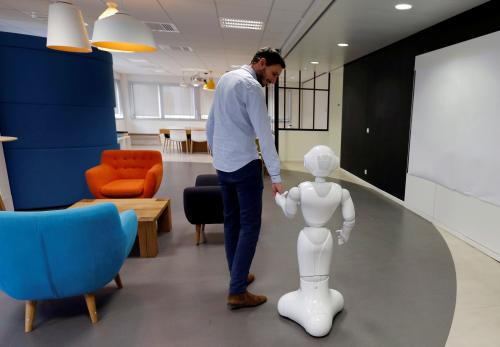In a new, short, clearly written primer–”Falling Short: The Coming Retirement Crisis and What to Do About It“–retirement experts Charles Ellis, Alicia Munnell, andAndrew Eschtruth offer a four-part recipe for assuring that Americans can afford to retire comfortably:
Work longer. Fix Social Security. Save more through 401(k) accounts. And consider home equity as retirement savings.
Their argument is studded with facts about retirement that are well known to experts and little understood by the public (and by some politicians). Here are a dozen of the most interesting:
1. Well into the 19th century, about half of the men who made it to age 80 still worked; retirement usually meant a couple of years, most of them in poor health.
2. In 1960, the average number of years spent in retirement was 13. In 2010, it was 20 because so many people retired earlier and lifespans had lengthened. Under current trends, it’s projected to be 22 years in 2050.
3. Among men age 65 in 1980, half could expect to live beyond age 79.7. In 2000, half could expect to live beyond age 82.6. Among those who’ll turn 65 in 2020, half are expected to live beyond age 84.7.
4. The richer do better: Among men who were 60 in 2001, half of those in the top 50% of earners are projected to die before age 86, while half of those in the bottom 50% of earners are projected to die before age 80.
5. About 37% of households collecting Social Security have to pay income taxes on it because their other income exceeds thresholds set in the tax code; by 2030, the share of households who’ll owe taxes on their Social Security is forecast to exceed 50%.
6. An individual who waits until age 70 to collect Social Security benefits gets 76% more a month than if he or she had taken them at age 62.
7. The share of wages that Social Security will replace for the typical worker who retires at age 65 was 48% in 1980, 37% in 2000 and, under current trends, will be 34% in 2020.
8. Americans have $3.1 trillion in assets in defined-benefit plans (those that pay a pre-set amount), $4.7 trillion in defined-contribution plans (such as 401(k) accounts), and $6.2 trillion in individual retirement accounts.
9. Among workers who had employed-provided pension coverage in 1983, 62% had only defined-benefit plans, 12% had only defined-contribution plans, and 26% had both. In 2013, 17% had defined-benefit plans, 71% had defined-contribution plans only, and 13% had both.
10. About 20% of the workers who are eligible for employer-provided 401(k) retirement plans do not participate.
11. Of those who do participate in employer-provided 401(k)s, only 10% contribute the maximum amount allowed by the tax law.
12. Among households with a worker age 55 to 64, about 52% have a 401(k) and, of those, the median balance in 2013 was $111,000.



Commentary
Op-ed12 Things to Know About Retirement
December 12, 2014